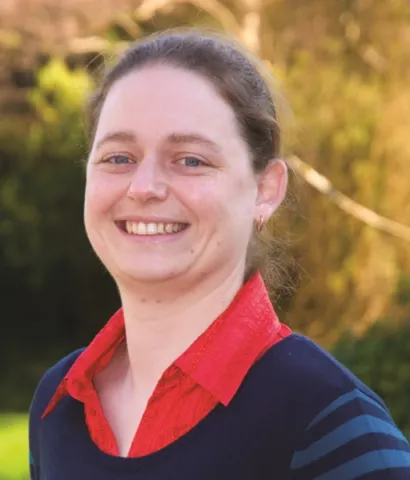Project overview
Predicting glacier melt accurately is vital for understanding how climate change may impact regional water resources and sea level change. Melting is predicted by determining radiative and turbulent heat fluxes at the glacier surface. The theoretical basis for modelling these fluxes is well understood, but prediction is hampered by difficulties in parameterising key controlling factors at high spatial resolution. Surface roughness in particular has a strong influence on turbulent heat exchange, but measurement is problematic. This project used TLS to determine the changing topography of a melting glacier. Crucially, TLS delivers topographic data of unprecedented precision (<6 mm) and spatial resolution (2500 pts/m2), enabling surface roughness to be obtained via statistical analysis of the measured elevation (Fig. 1). In this project TLS derived surface roughness will be validated against point-based measurements of aerodynamic roughness heights, derived from analysis of vertical wind velocity profiles obtained using anemometer towers. Initial scans will aid optimal tower placement over varying roughness areas. Repeated scans, and deployment of a co-located weather station, will enable TLS derived roughness to be used in surface energy balance models, with validation of predicted versus TLS measured melt patterns.
Staff
Lead researchers
Research outputs
Joanna M. Nield, James King, Giles F.S. Wiggs, Julian Leyland, Robert G. Bryant, Richard C. Chiverrell, Stephen E. Darby, Frank D. Eckardt, David S.G. Thomas, Larisa H. Vircavs & Richard Washington,
2013, Journal of Geophysical Research: Atmospheres, 118, 12948-12961
DOI: 10.1002/2013JD020632
Type: article
Joanna M. Nield, Richard C. Chiverrell, Stephen E. Darby, Julian Leyland, Larisa H. Vircavs & Benjamin Jacobs,
2013, Earth Surface Processes and Landforms, 38(1), 95-102
DOI: 10.1002/esp.3352
Type: article
